Is this one instance where color would work better than black and white? When shooting the Leica Camera AG M Monochrome and Summicron-M 35mm f/2 lens, as Mick Orlosky did on Nov. 2, 2013, color […]


Is this one instance where color would work better than black and white? When shooting the Leica Camera AG M Monochrome and Summicron-M 35mm f/2 lens, as Mick Orlosky did on Nov. 2, 2013, color […]
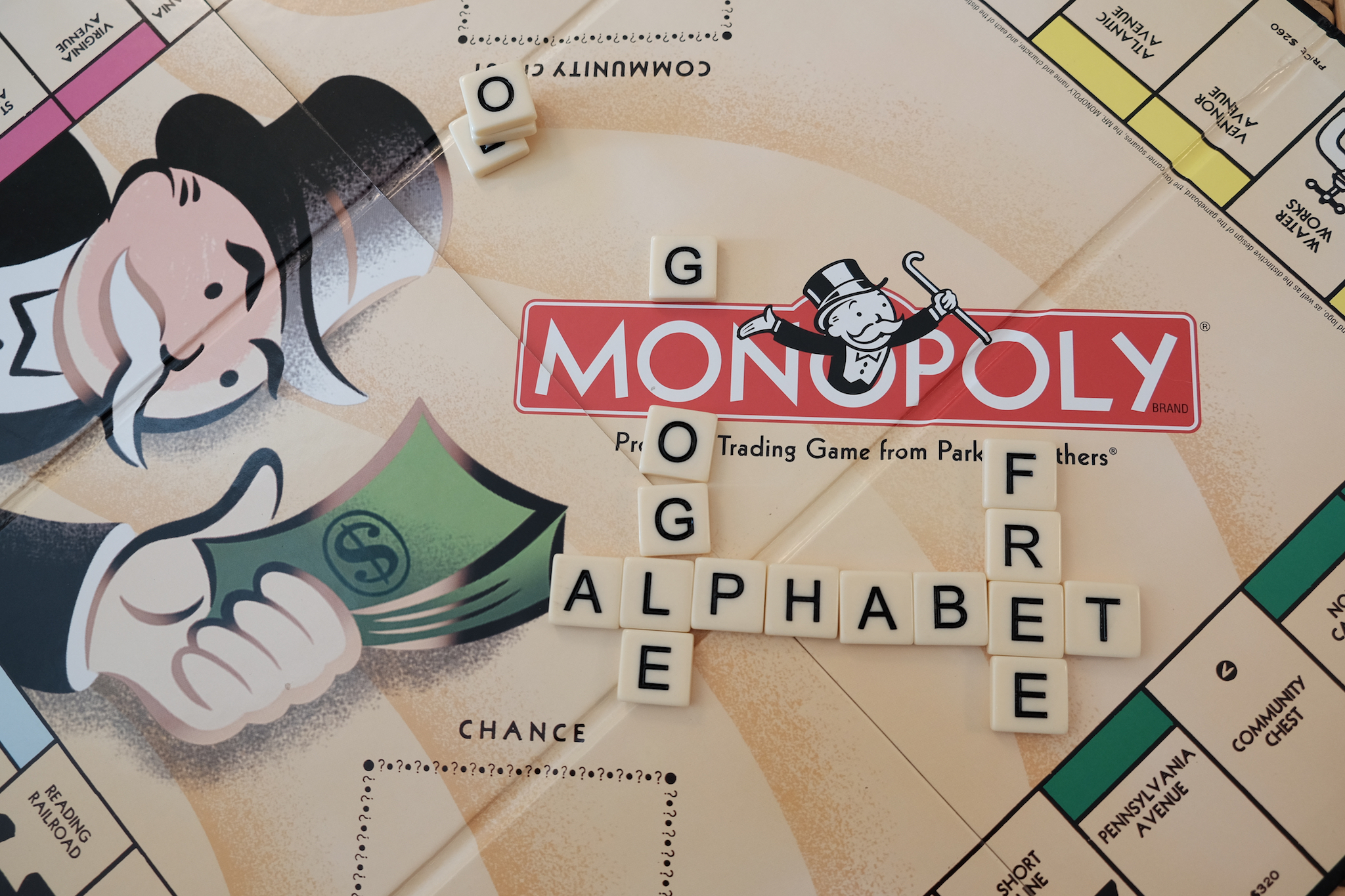
My mind is divided about Google, or is that Alphabet now? On one hand, I see the company as among the most innovative ever. I highly value many of Google’s products and they enable me to work more efficiently and to accomplish much more in far less time. On another hand, the search and services operation’s business model is hugely disruptive to people like me that generate content that is primarily consumed online. My profession is in shambles, with the “Google free economy” as the primary wrecking ball.
Overnight, I started an investigative report that will, in the early stages, primarily focus on how the information giant’s business disrupts the news media and some other content producers. “What Does the ‘Google Free Economy’ Cost You?” is crowdfunding through Byline. Should I achieve my modest milestone goal—$250 over 40 days—another milestone would follow with larger goal, and the reporting will expand into additional areas of concern, such as privacy or even how Google could influence the outcome of the U.S. 2016 Presidential election.
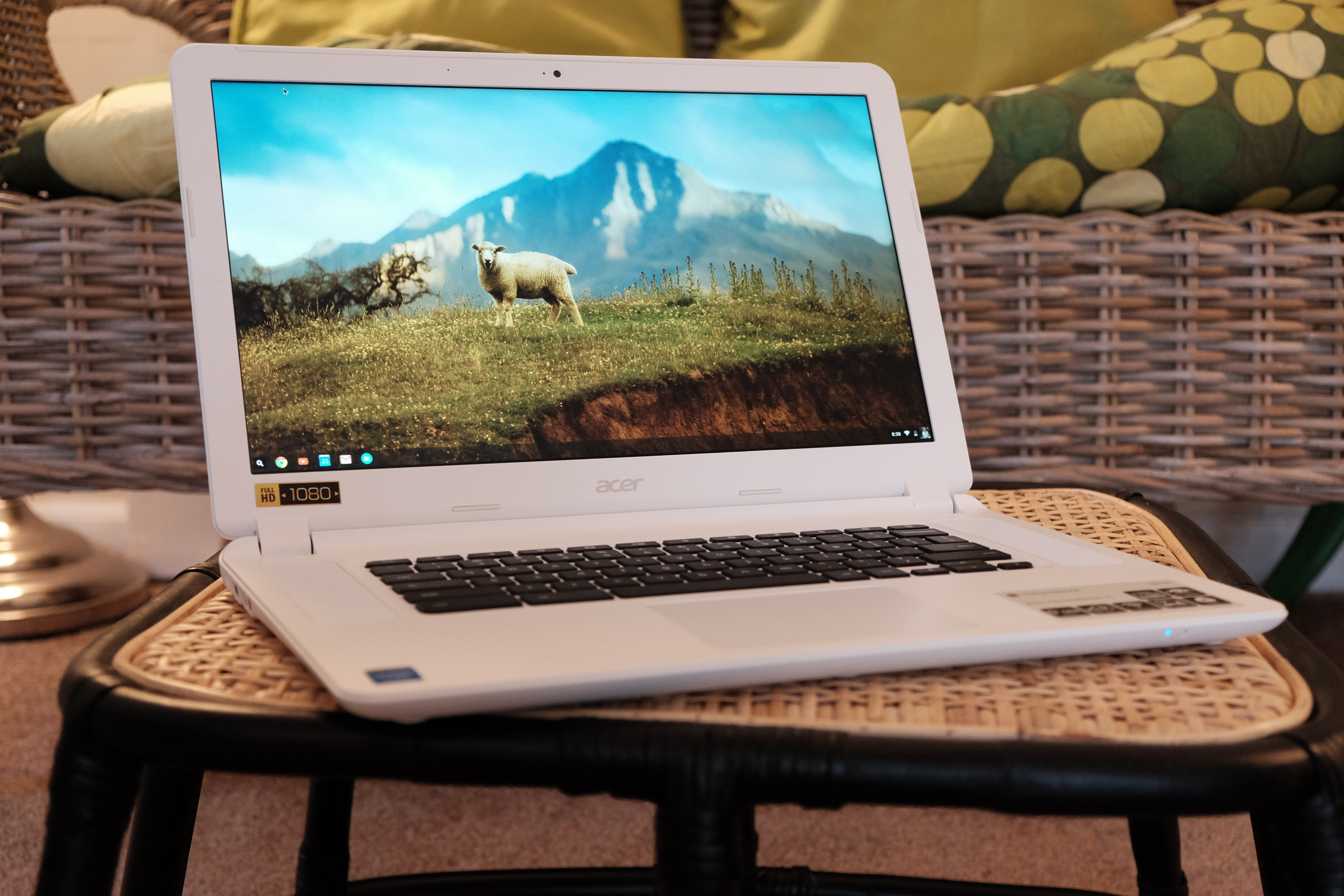
I am not a fan of overly-large laptops, but if I were to buy one, Acer’s 15.6-inch monster would be among my top choices. The Chromebook packs in lots of value, which first and foremost is 1080p resolution to match the large screen, a benefit that is atypical for the price and size class. Screen brightness is no match for the Toshiba Chromebook 2, but the matte finish compensates for dimness by dramatically reducing glare. Meanwhile, the IPS display gives great viewing angles.
The point: Acer doesn’t just offer bigger, but better, among the overall Chromebook category, where dim TN screens are standard fare. That also can be said of competing Windows laptops, where with same size screen in the price range, or even more costly, resolution typically tops out at 1366 x 768. Chromebook 15 is 1920 x 1080. By more than size, the display is a big benefit.
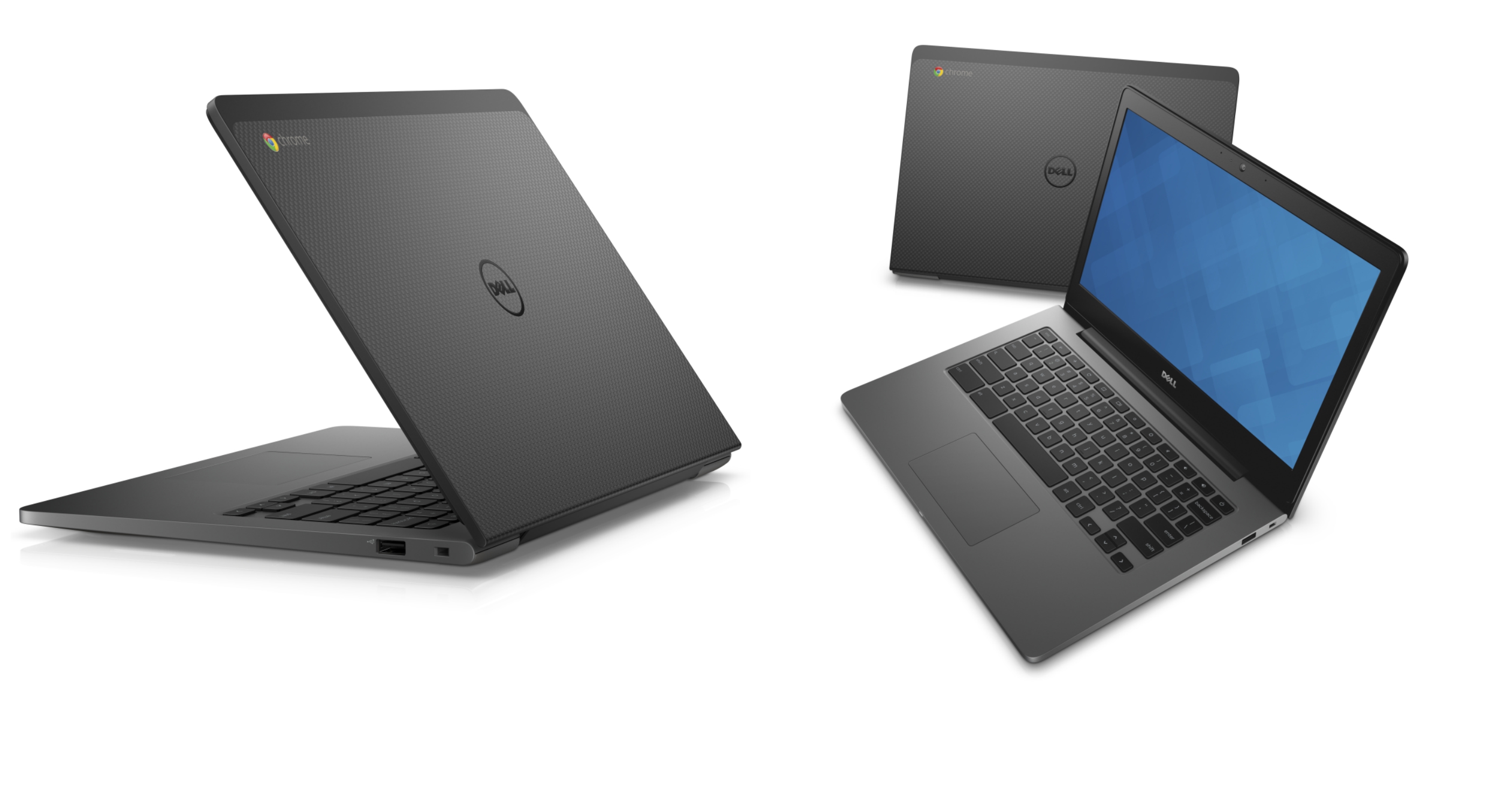
The strangest, and largely overlooked news, coming out of the tech sector this past week was Dell’s Microsoft betrayal. This isn’t the first time that the PC maker strayed. Linux joined the product stable long ago, and last year an educational Chromebook debuted. But this newer and larger model, which will be available September 17, raises question: WTF?
Dell’s core PC market is business—small, large, and everything between. Windows, and that smattering of Linux, is core, and longstanding loyalty to Microsoft’s application stack. But the Chromebook 13 announcement, as positioned by the OEM and Google, is all about the competing cloud app stack. Interestingly, selling prices rival Windows laptops, which is another head scratcher: $399 to $899, depending on configuration.

On June 29, 2015, I received email from Travelocity thanking me for creating an account. I did no such thing—or, wait, did I have an account already? Sure enough, I set up one in 2006, according to my archived emails. Why this notification now? I wrongly assumed the thank-you message was a mistake, or even a marketing ploy, to get me to sign into the account. But who remembers a password from 9 years ago? So I clicked the forgot password link and had a new one sent.
I wouldn’t understand until later that someone in Florida created a new account using my email address. But Travelocity never sent confirmation to verify that the email address was valid or belonged to the person who signed up for the service. As such, by resetting the password, I had access to someone else’s account, which, fortunately, contained no personal information (like credit card numbers). But I didn’t understand this circumstance until later, when, in a routine check of my online accounts. I discovered an itinerary for a hotel stay that had just passed.
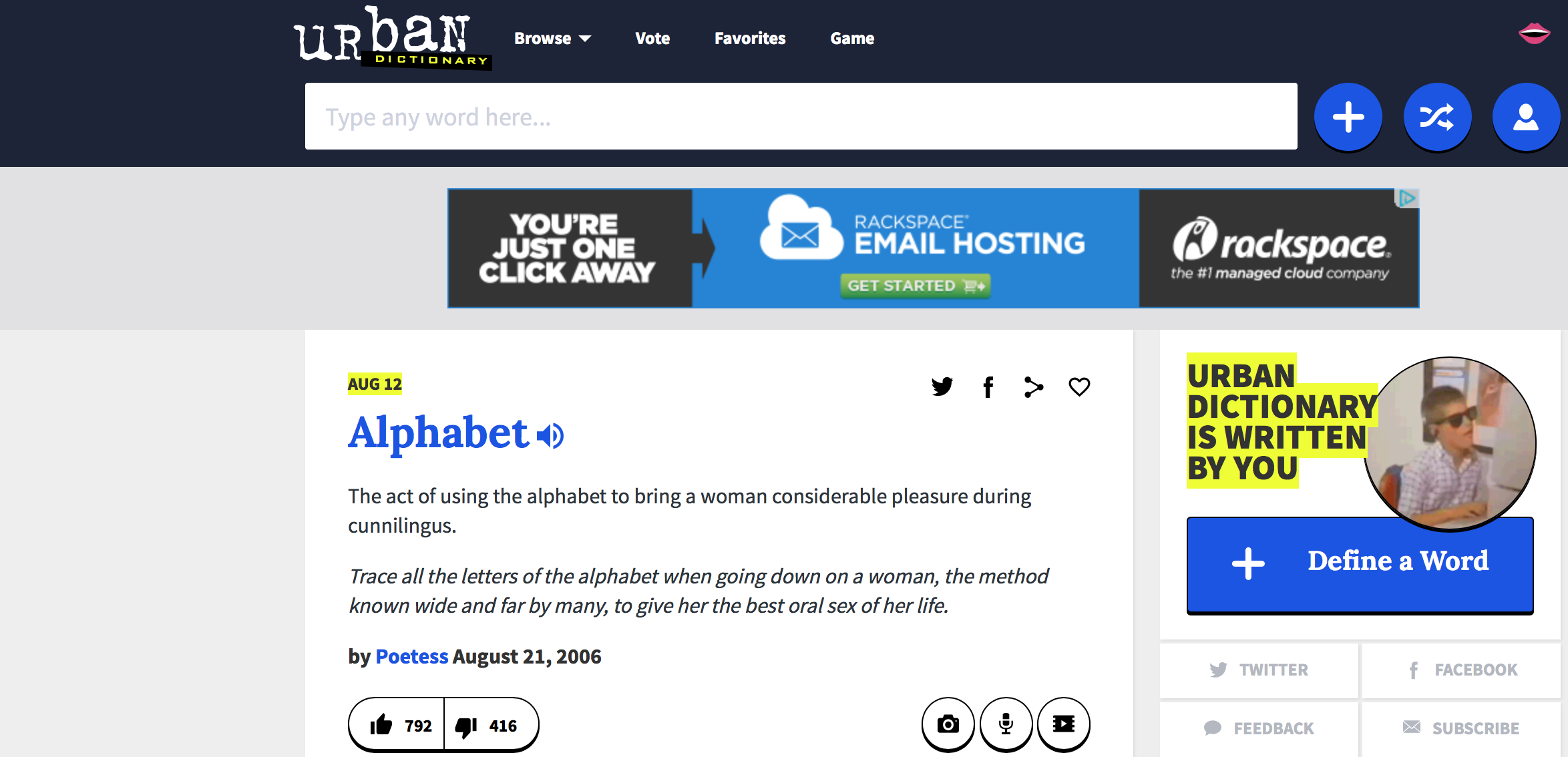
Two days after Google created Alphabet as the primary company, under which the search engine operation is now a subsidiary, Urban Dictionary has a little fun. Word of the Day is “alphabet“, and I will […]
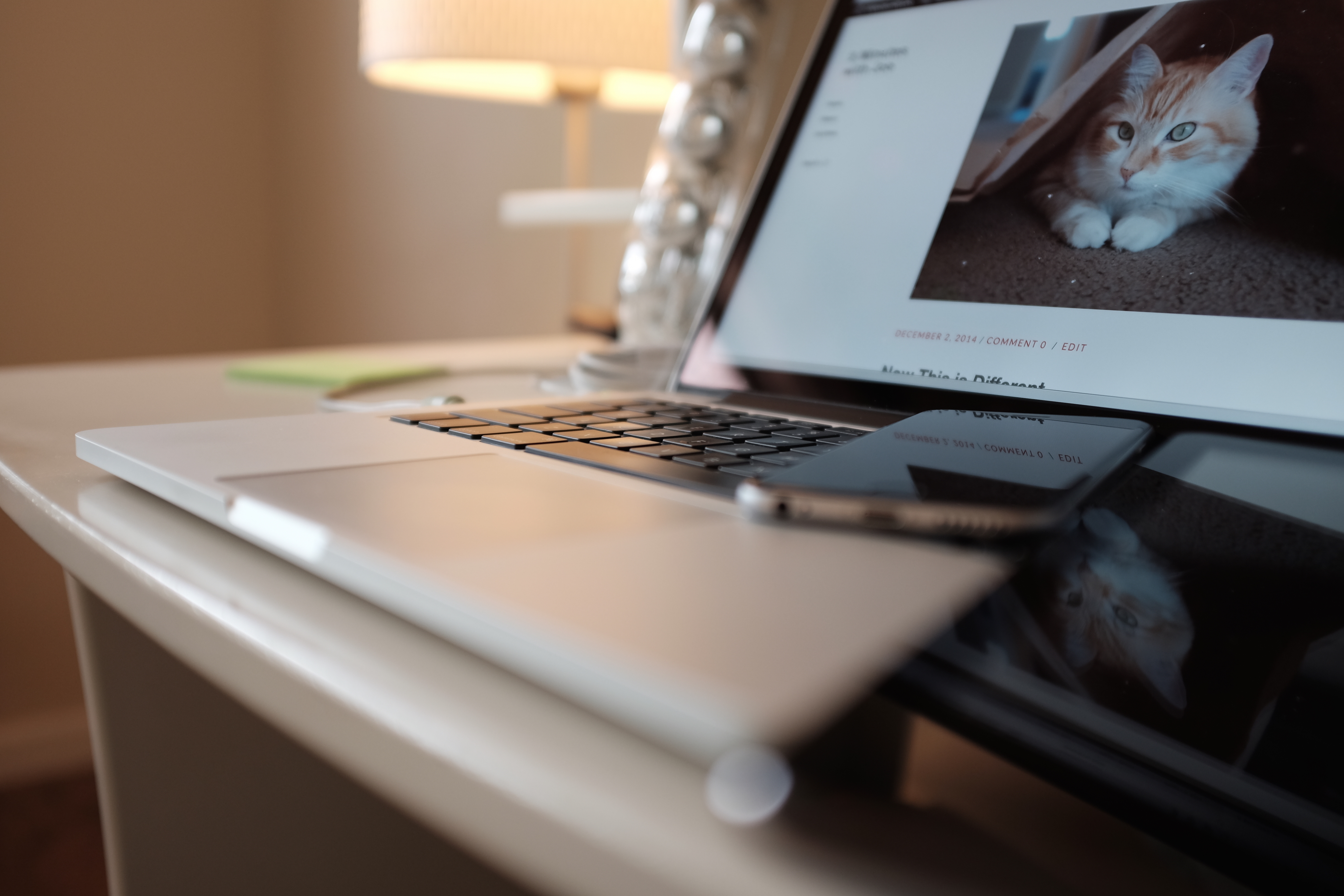
Through the U.S. consumer retail channel, Macs notebooks reached rather shocking milestone during first half 2015, according to data that NPD provided to me today. You can consider this a first, and from lower volume shipments. By operating system: OS X, 49.7 percent; Windows, 48.3 percent; Chrome OS, 1.9 percent. That compares to the same time period in 2014: OS X, 44.8 percent; Windows, 53.1 percent; Chrome OS, 2.1 percent. The data is for U.S. consumer laptops.
While data junkie journalists or analysts often focus on unit shipments, revenues, and subsequently profits, matter much more. Looked at another way, Mac laptop revenues rose by 10.9 percent during the first six months of 2015, year over year, while Windows PCs fell by 9 percent, and Chromebooks contracted by 9.5 percent.

I predict that the innovation of the year will go, not to a tech product, but to Google’s creation of a new company: Alphabet. The search and information giant that disrupts so many other companies on and off the Internet essentially disrupts itself. By doing so—divesting the core, established business from future research and inventions—cofounders Larry Page and Sergey Brin unshackle weights dragging growth.
To recap: Page announced the dramatic change after the market closed yesterday. Google becomes secondary to Alphabet, which will hold a collection of related entities. Page hands over Google chief executive reigns to Sundar Pichai, while becoming CEO of the new entity. Brin is president. Can we call him letterhead instead of figurehead? 🙂
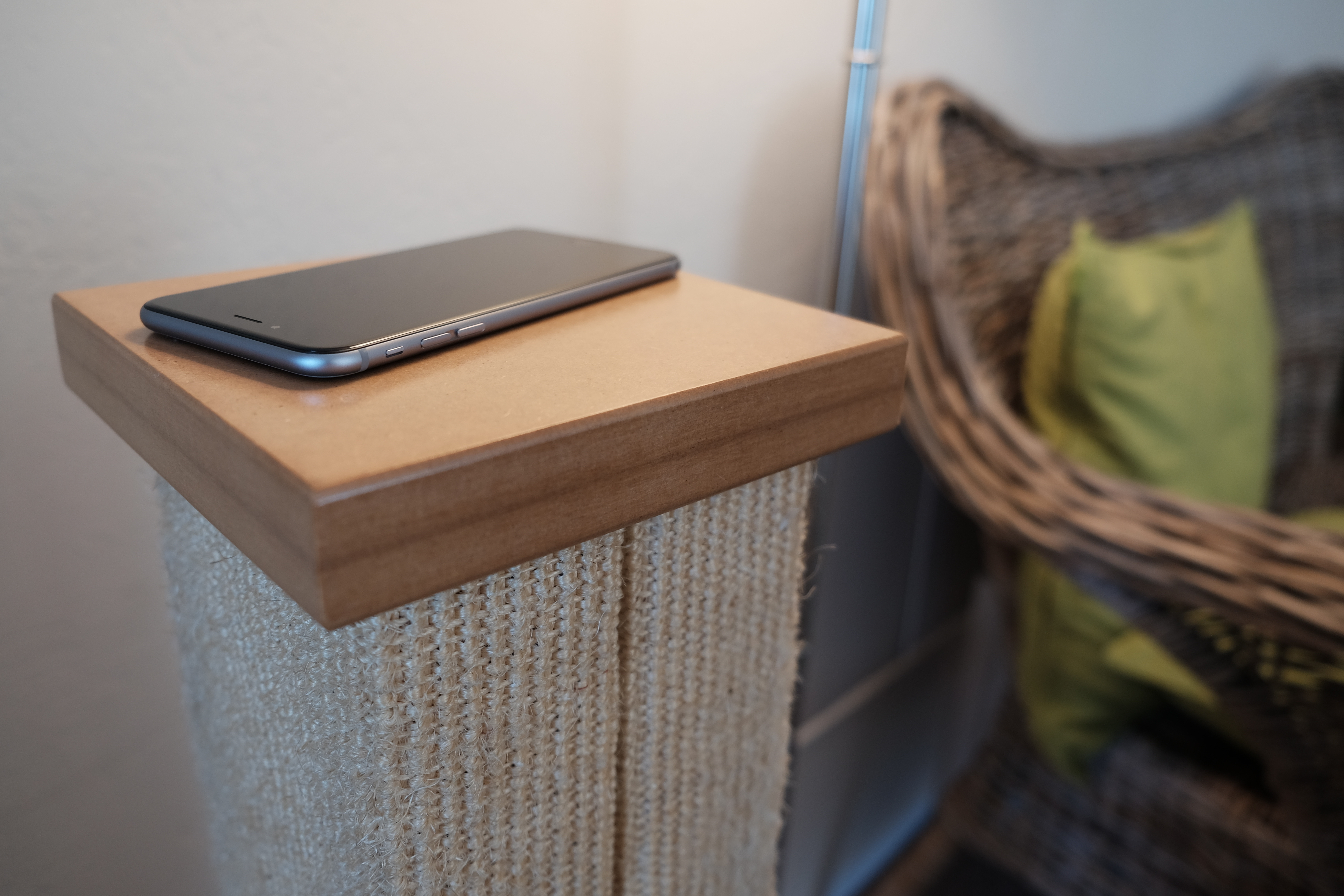
Sometime within the next few weeks, Apple should announce successors to iPhone 6 and 6 Plus, and my review of the latter device is long overdue. Let’s get to it finally and present the key finding first: If size matters, as in you want a phone with larger screen but that doesn’t feel humongous, the 5.5-inch iPhone 6 Plus is a worthy choice. By measures that matter most—benefits from apps, calling, camera, data, performance, screen, and storage—the phablet is best of class.
As expressed in my iPhone 6 review, I regretted not buying the larger device after handing it. The Plus is big, but not overly large for my tastes. Hell, I bought Motorola-made and Google-branded Nexus 6 in January 2015 to replace iPhone 6; the screen is even bigger than Plus, at whopping 6 inches. I gained great value using either of the larger handsets, but gave up one for the other.
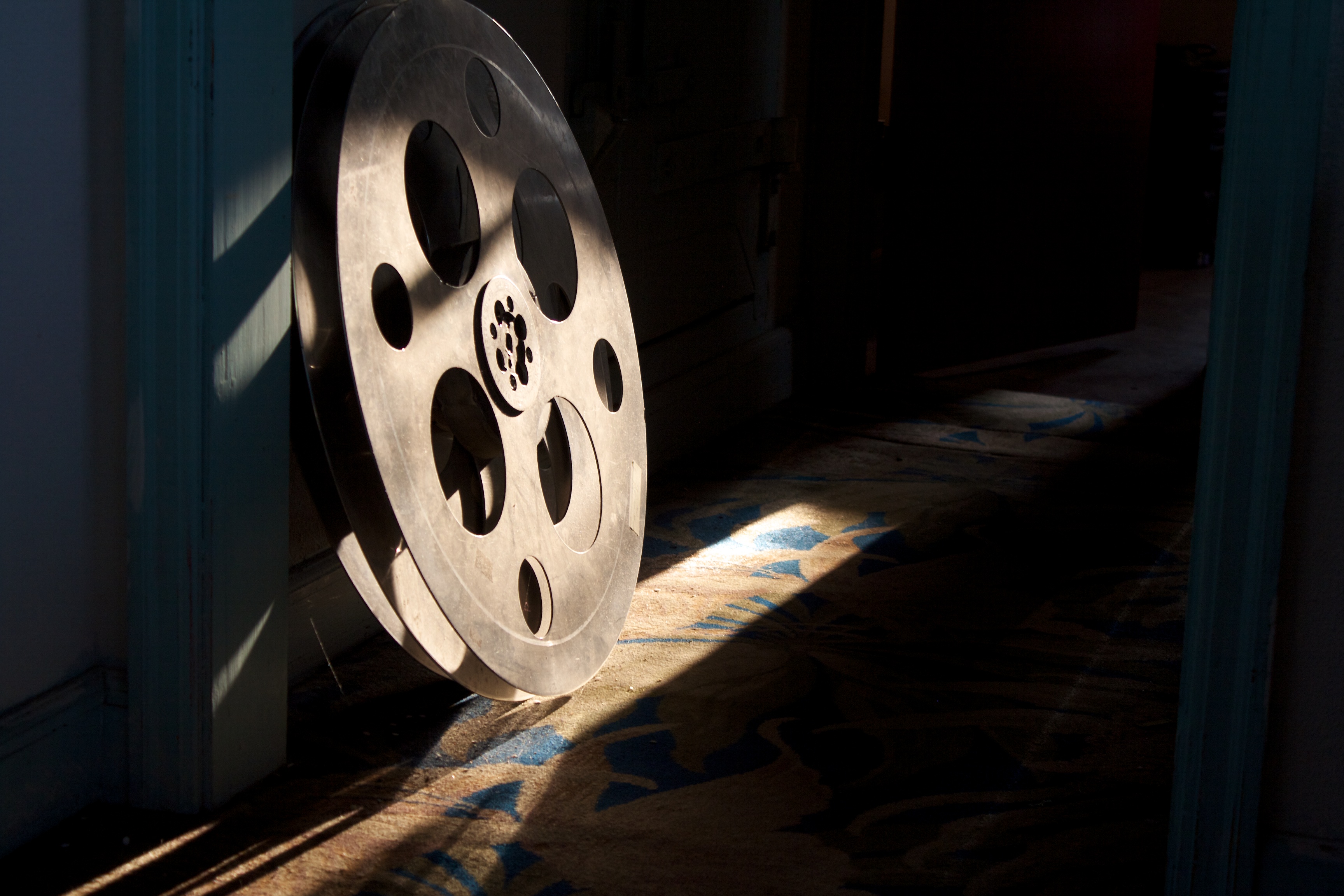
Satya Nadella is a man with a formidable challenge. Microsoft CEO’s predecessor, Steve Ballmer, squandered the company’s mobile fortunes. From smartphone platform leader a decade ago, the software-and-services giant is a category also-ran in 2015. Microsoft has no independent mobile platform future. The war is over. There remains this: Making alliances with old enemies to preserve existing territory, while using the foothold to reach into new frontiers.
Made available August 5th, Outlook for Apple Watch is a very smart move and metaphor for what went wrong on Microsoft mobile platforms and what has to go right to preserve and extend the legacy applications stack. While Windows 10 makes its way to Lumia devices, the future is Android and iOS and how the company supports them with contextually meaningful cloud-connected apps and services.

If not for the Nike, this photo could easily be the 1940s rather than the 2010s. Look at the woman’s outfit to the left and those sunglasses on the lass to the right. This ambiance […]
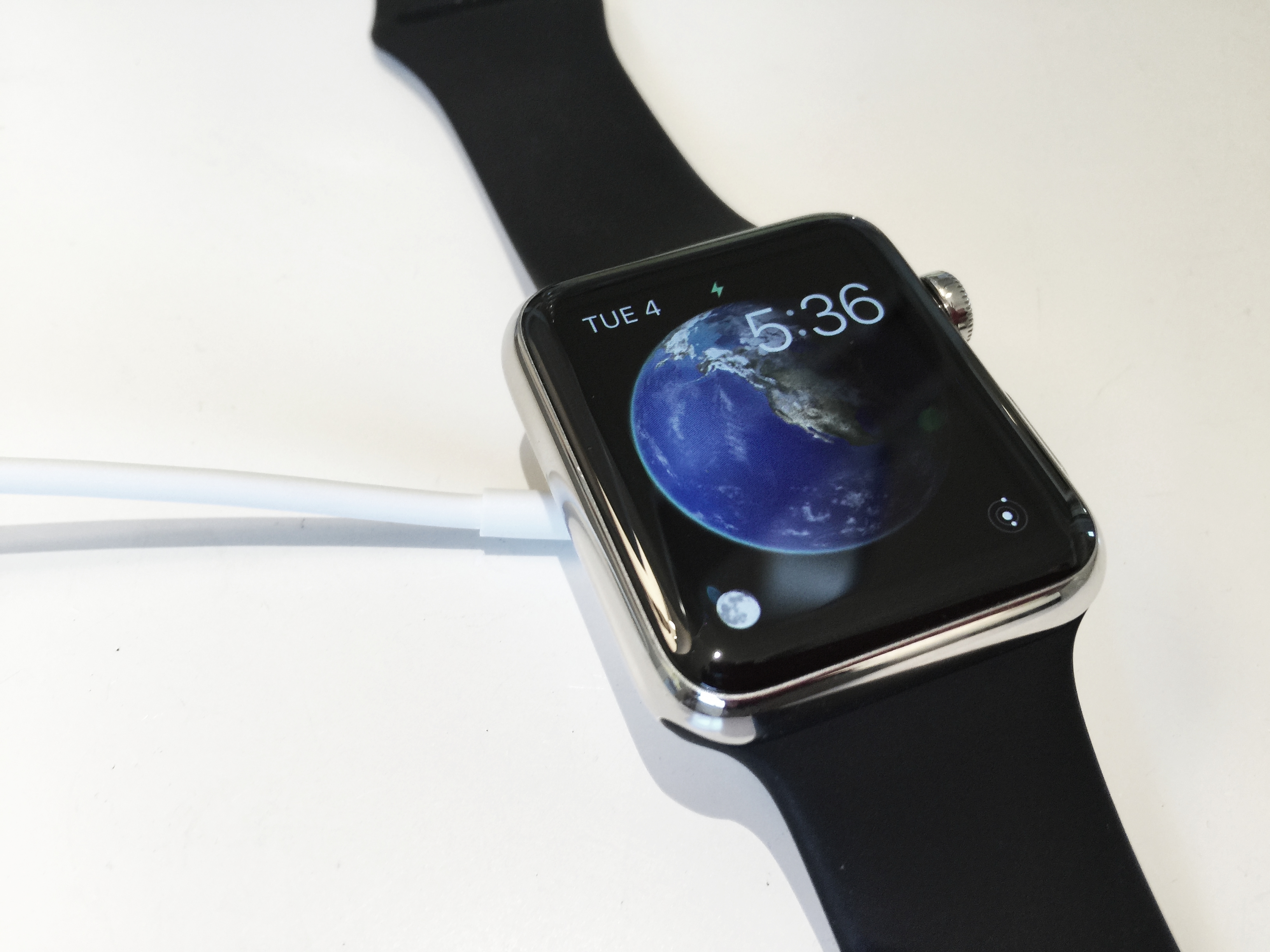
About two weeks ago, I shared how Apple Watch tickles my fancy. From likes, we go to dislikes, and keeping with the other I purposely limit the number to five. Quick recap: I bought the aluminum model on June 18, 2015 from the local Apple Store. Seven days later, I exchanged for the stainless steel variant. Except to charge or to shower, I’ve worn it constantly since.
Broadly, my feelings about the smartwatch are mixed. The delivered benefits are excellent, but they aren’t enough to justify the lofty price. If not for using MacBook Pro and iPhone 6 Plus this summer, Android Wear and iOS incompatibilities, or the promise of watchOS 2 coming early autumn, I would not have purchased the device. I’m not dissatisfied with Apple Watch, but want more from it. As I explained on July 18, the measure of success or failure isn’t sales but returns. I kept mine. How many early buyers didn’t?